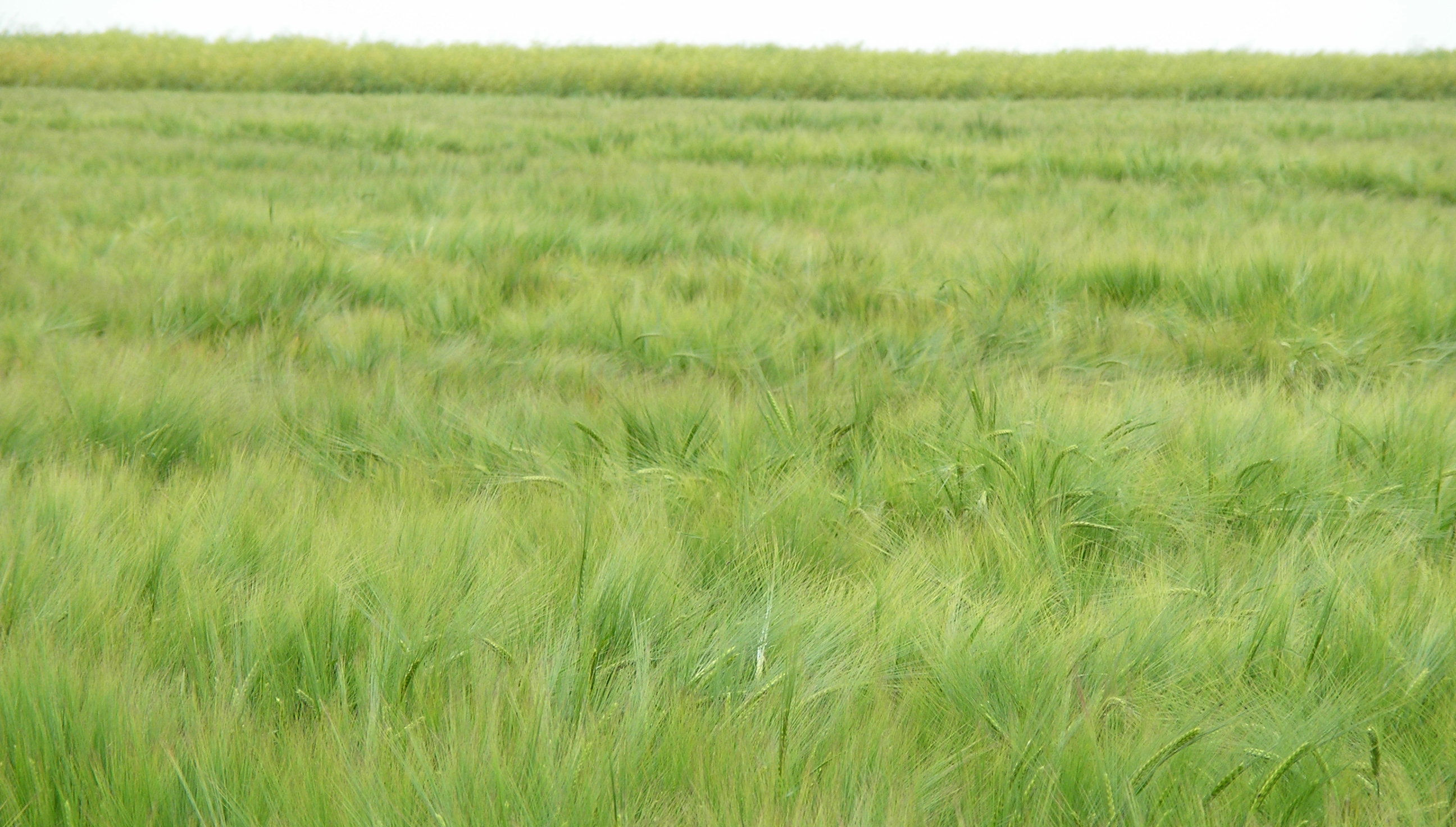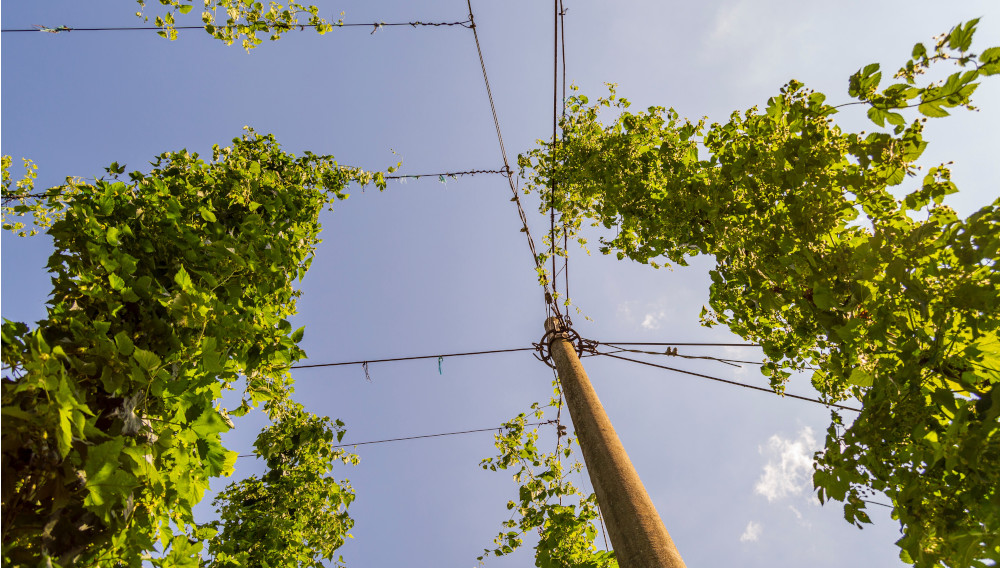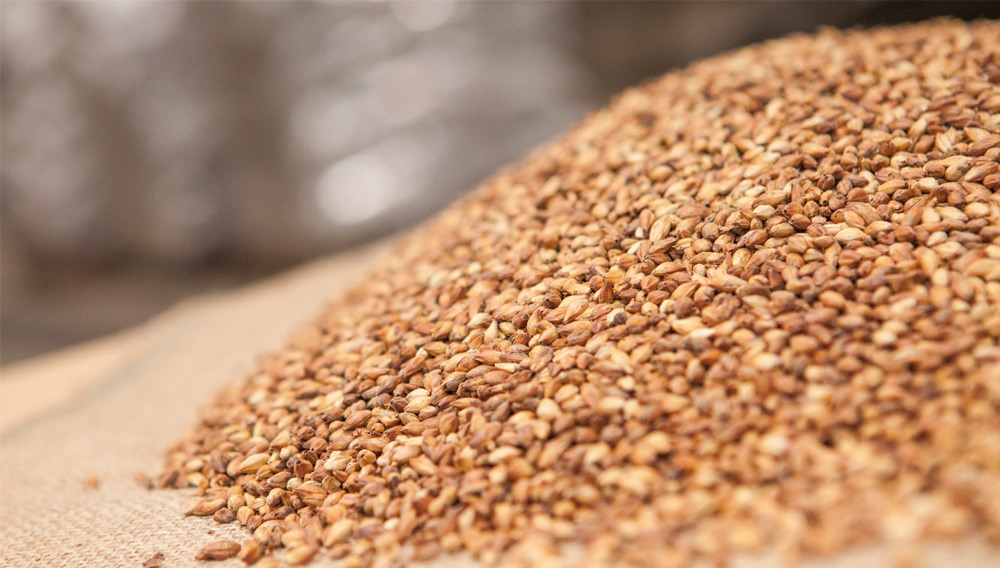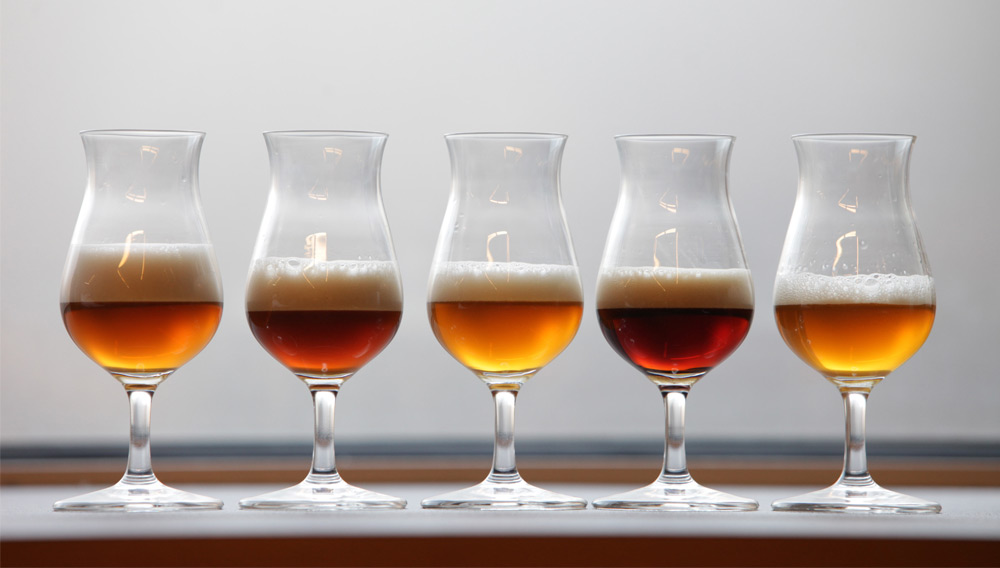
Measuring beer color | This is the first in a three-part series of articles about the nature of beer color, as well as the difficulty of accurately quantifying color both at the recipe design stage and in the finished beer. Part 1 explores the nature of color in general and the historical evolution of beer color measurements. Part 2 examines the differences and similarities of the most common equations used by today’s brewers around the world for calculating beer color – not after the fact in the laboratory – but in advance during recipe formulation. Finally, part 3 analyzes three test beers brewed specifically for this study. It compares the color predictions for these brews made by the different beer color formulae outlined in part 2 to the actual color measurements of the same brews made in the laboratory. This comparison allows practical brewers to select which equation might be the most advantageous for them to use at the recipe design stage.
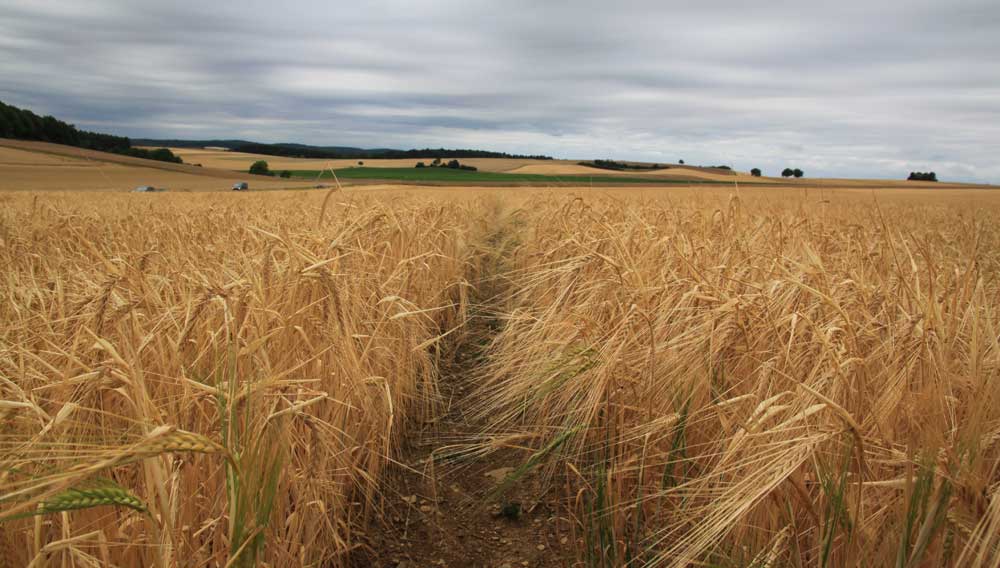
Grain processing | Various trends in food safety and product quality all point in one direction: flawless cleaning at the malthouse is essential for the production of excellent malt. Bühler provides technological systems that cater for all requirements during processing, sorting and deculming.
Sensory research | Branched chain fatty acids (isobutyric acid, isovaleric acid, and 2-methylbutyric acid) are major metabolites that originate from various metabolic pathways. Thus, these compounds are contained in various foods and beverages. These compounds in beer have their origins in malts, hops, and also from yeast metabolism. It is well accepted that these fatty acids may give rise to some rancid off-flavours. However, an effect of these compounds on overall beer flavour has not yet been fully elucidated. The following article summarises a part of the research results which have already been published in BrewingScience, 2019, issue 6: November/December.
Slight decrease | According to the report from the Central Institute for Supervising and Testing in Agriculture from December 2020, the total hop production reached 5925 tons in the Czech Republic in 2020. The table provides an overview of the hop production in all Czech hop growing regions – Saaz, Auscha and Tirschitz. The average yield for all hop varieties grown in the Czech Republic was 1.19 t per hectare. The decrease in production compared to 2019 was caused by a very dry July and warm August climate together with severe windstorms and hails storms during the vegetation.
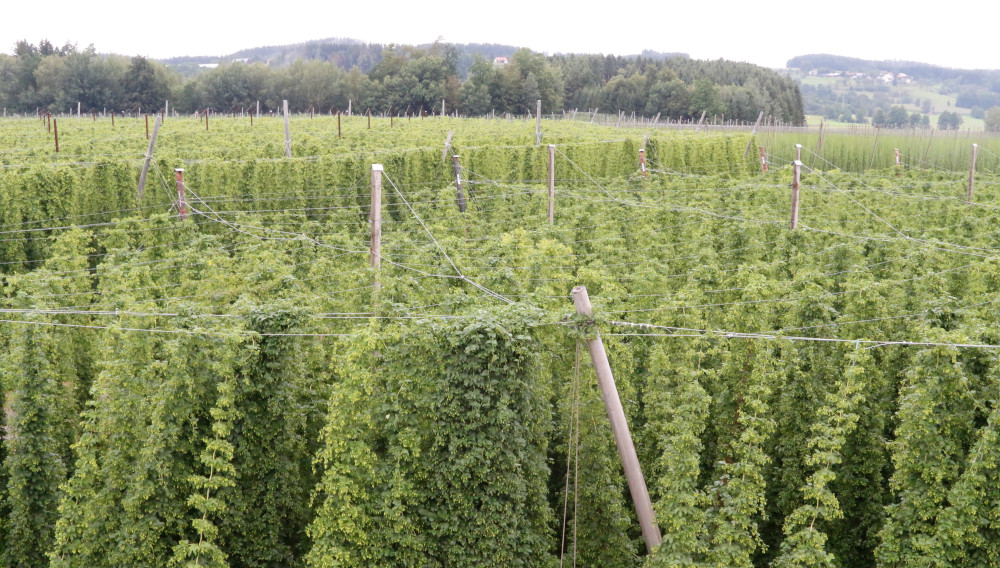
Crop year 2020 | Mean alpha acid values determined for the freshly harvested hops of 2020 as published by the working group Arbeitsgruppe Hopfenanalyse (AHA), among them the laboratories of the German hop processing facilities.

New hop variety | Pearls have fascinated mankind for 5000 years. Their lustrous and elegant sheen makes the Akoya pearl very special, it is a synonym for quality but also for the achievements of modern breeding. Like the pearl breeders in Japan, the Hopsteiner hop breeders devoted much time and energy to developing their very own pearl. The outcome: Akoya.

Breeding success | Diamant, a new noble aroma variety and a daughter of the old Spalter landrace, was launched by the Society of Hop Research (GfH) after an extensive time in development and selection carried out at the Bavarian State Research Centre for Agriculture, Freising, Germany. Diamant is a modern, economical variety with a top-class flavour, and it is environmentally compatible.
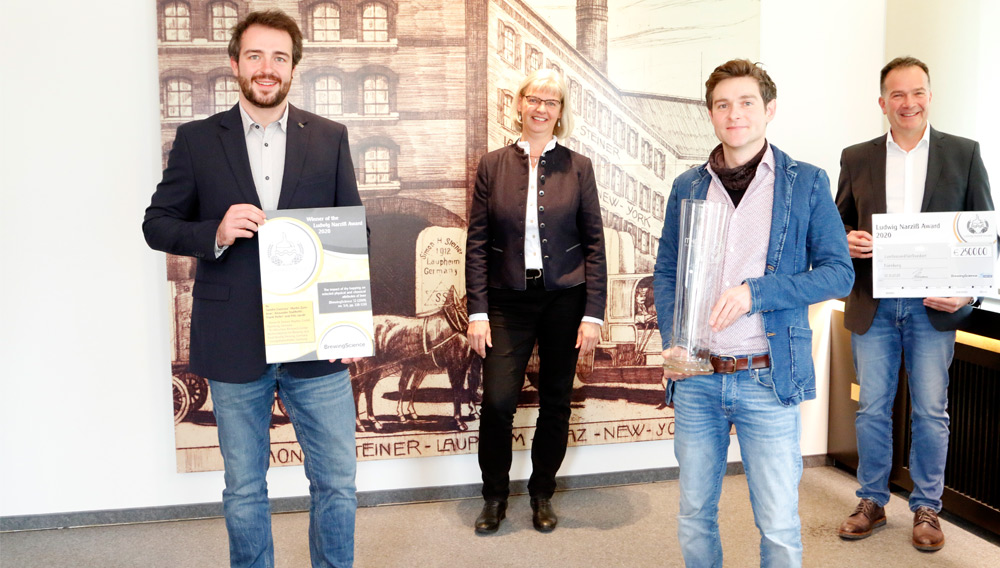
Ludwig Narziß Prize | As with almost all public events, awards ceremonies have also been impacted by the current Covid restrictions.
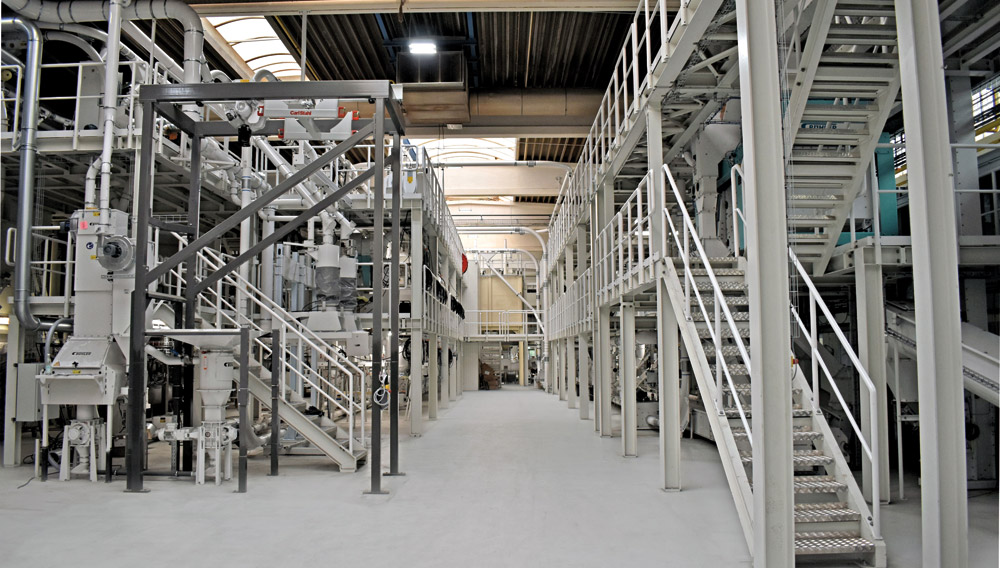
Facilitating Research | The Bühler Group has set an ambitious goal for itself: to minimize waste and to reduce water and energy usage by 50 percent in the value chains of its customers by 2025.
Palatia Malz GmbH is a leading German family-owned malting group founded in 1899 and now managed in the third generation.
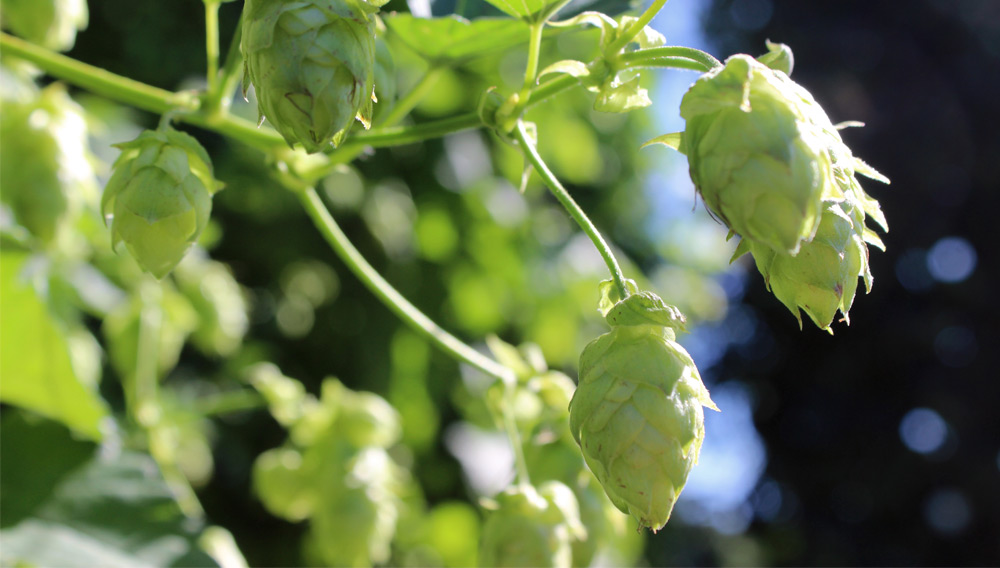
Sustainable solution | In the past, hops have been extracted with supercritical carbon dioxide up to a maximum pressure of 300 bar. This year, an extraction plant will be commissioned that will operate at 500 bar of pressure. The primary motivation behind increasing the pressure to 500 bar is the energy savings gained due to the enhanced properties of CO2 as a solvent at this pressure along with the greater contribution to sustainability. The hop extracts obtained at 500 bar are only slightly different than those extracted at 300 bar of pressure, which is the focus of this report.

